Home »
Misc »
How does air pressure affect the bounce of a basketball
How does air pressure affect the bounce of a basketball
Does It Matter How Much Air Is in Your Basketball?
Did you ever notice that some balls bounce better than others? Baseballs, for instance, don't have much bounce at all, except for when they land hard on the ground in front of you and jump up to nail your shinbone.
Footballs bounce, but you can never tell where they're going. Tennis balls bounce well, as do soccer balls and basketballs. But did you ever notice that some of the same types of balls bounce better than others?
Having the right ball for the game you're playing is important. Having a ball that does what it's supposed to do is equally important. In this section, we'll explore why some balls bounce better than others, and what you can do to assure that the ball you're using is in top condition for the game.
So What Seems to Be the Problem?
If you have a ball that doesn't bounce properly, the immediate problem is that it will affect your game. The problem we'll attempt to solve during the course of this experiment, however, deals with air pressure.![]()
Air pressure, simply put, is the push that air has against all surfaces that it touches. The more air there is in a contained area, the greater the air pressure.
Specifically, we'll try to determine what amount of air pressure in a basketball makes the ball (and hopefully the person using the ball) perform best.
In the next few sections, you'll learn a little bit about what air pressure is, and some of the effects it has on us and on our surroundings.
Air-as in the stuff we breathe-is matter. It has mass, or weight, and volume, meaning that it takes up space. It's funny to think about air as having mass and volume. You can't see it, and you don't sense that you're running into it as you run or walk. It's easier to get a sense of air and air pressure when you think of air that is contained within something, such as your basketball, an air mattress, or a bike tire.
Air is composed of different gases, including nitrogen, carbon dioxide, water vapor, oxygen, and others. All of these gases are composed of particles, or more scientifically, molecules, and they're all in constant motion.
All of these gases are composed of particles, or more scientifically, molecules, and they're all in constant motion.
As the molecules move about, they come in contact with surfaces of objects. The molecules push and press on those surfaces, exerting pressure on them.
It's that pressure that allows your basketball to keep its round shape and remain hard and bouncy. If air escapes from the ball, the pressure inside the ball changes. The problem you'll attempt to solve while doing this experiment is how these changes in pressure affect the ball.
If you like the title of this section, "Does It Matter How Much Air Is In Your Basketball?" you could use it as the title for your project. Or if you prefer, you could use one of these titles:
- Getting the Bounce You Need from Your Basketball
- How Much Pressure Is Needed for the Best Bounce?
- How Air Pressure Affects the Bounce of Your Basketball
What's the Point?
Basketballs, along with other objects such as tires and footballs, are high-pressure products. This means that they require a lot of the force created by air pressure in order to get and stay fully inflated.
This means that they require a lot of the force created by air pressure in order to get and stay fully inflated.
There are various measurements used for air pressure. Among them are pounds per square inch, millimeters of mercury, atmospheres, and pascals. In the United States, we measure this force using psi, or pounds per square inch. Conventional wisdom is that a basketball needs 8 psi to be properly inflated. A car tire, just for a comparison, needs 40 psi.
Most basketballs have inflation instructions printed right on them. Take a look and you'll probably see something like "INFLATE 7 to 9 LBS." For this experiment, a ball inflated to eight pounds per square inch will serve as the control. The same ball, but containing different amounts of air, will provide the variables.
Your challenge will be to determine if and how the amount of air inside your basketball causes it to bounce differently. You'll also determine whether the manufacturer's recommendation for the proper inflation rate gives the ball its best bounce.
What Do You Think Will Happen?
If you've ever pumped up a bike tire, an air mattress, or a ball, you've had some experience with air pressure. Blowing up a balloon, which nearly everyone has done, is another example of air pressure.
Excessive contained air can cause such force against an object that the object bursts. This happens frequently with balloons, which are fairly fragile. It happens less frequently with basketballs, which are sturdier objects, but it can occur.
A loss of air pressure within an object such as a ball or tire, however, also can cause problems.
Think about observations you may have made that relate to air pressure. Does your bike ride as well when one of the tires (or maybe both) has lost air? Does your ball bounce as well? If you've ever played tennis with a ball that's lost pressure, you'll understand why they're referred to as "dead" balls. A dead ball hits the court and drops, as if it is-indeed-dead.
Using your experience and observations, come up with a hypothesis concerning your basketball and whether the amount of air in it will affect the way it bounces. Do you think that increasing the level of air even above the manufacturer's instructions will cause -it to bounce better? What about if there's less air in it than recommended?
Materials You'll Need for This Project
You need only three things-with two optional, additional items-to conduct the experiment for this project. They are:
- One basketball
- One air pump with a pressure gauge
- One tape measure or meter stick
- One long piece of paper and tape (optional)
It's a good idea to find someone to help you with this experiment, which involves dropping a ball and measuring how high it bounces. It would be possible-but very tricky-to do the experiment by yourself. Besides, basketball is always more fun with a friend!
Conducting Your Experiment
To begin the experiment, you'll test how high the basketball bounces when it's inflated to 8 pounds psi-the recommended level for most models.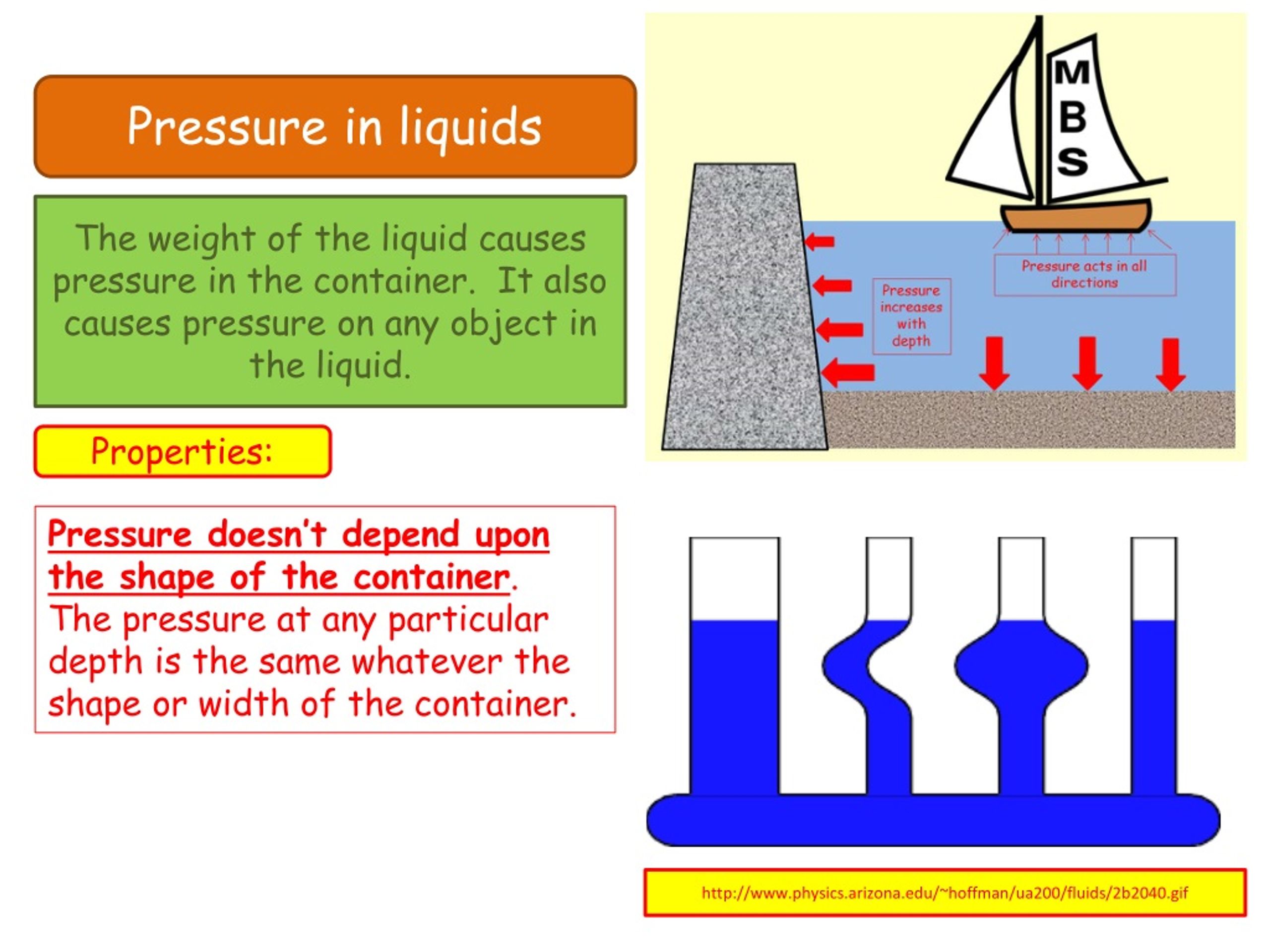 From there, you'll increase or decrease the air pressure by putting more air into the ball or removing some air.
From there, you'll increase or decrease the air pressure by putting more air into the ball or removing some air.
The trick will be to add or subtract air in measured increments so that you can keep track of where the pressure is.
Be sure to drop the ball each time from exactly the same height. Starting from different heights will make the results of your experiment invalid.
Drop the ball close to a wall, so you can calculate on the wall the height of the bounce. It would be a good idea to make a paper measuring tape and hang it on the wall so you can better judge the height of the bounce. If you don't, be sure to watch closely how high the ball bounces and use your tape measure or meter stick to measure up to the spot on the wall at which the top of the ball stopped.
Make sure that your basketball is at 8 psi before you begin the experiment. Be sure to record both the pressure of the ball and the height of the bounce as you move through the following steps. You can record all of your results on the data chart found in the next section, "Keeping Track of Your Experiment."
You can record all of your results on the data chart found in the next section, "Keeping Track of Your Experiment."
Follow these steps to conduct your experiment:
- Drop a basketball inflated to 8 psi from a height of 6 feet (1.8 meters). Be sure that the bottom of the ball-not the top-is at the 6-feet line when you drop it.
- Observe, mark, and measure the height of the ball's bounce, remembering to measure at the top of the ball. Record your measurement.
- Repeat steps one and two twice, recording your results as you go.
- Using the air pump with the pressure gauge, increase the psi of the ball by one inch, to 9 psi, and repeat steps one through three.
- Using the needle of the air pump, force as much air out of the ball as possible, then repeat steps one through three.
- Increase the pressure within the ball to 1 psi, then repeat steps one through three.
- Increase the pressure within the ball to 2 psi, then repeat steps one through three.

- Increase the pressure within the ball to 3 psi, then repeat steps one through three.
- Increase the pressure within the ball to 4 psi, then repeat steps one through three.
- Increase the pressure within the ball to 5 psi, then repeat steps one through three.
- Increase the pressure within the ball to 6 psi, then repeat steps one through three.
- Increase the pressure within the ball to 7 psi, then repeat steps one through three.
Once you've completed all the steps, you'll need to average the height of the bounce recorded in each of the three trials for each step. To find the average, add the three measurements together, then divide the total by three.
Recording bounce height.
Keeping Track of Your Experiment
As you conduct three trials for each of the basketball psi settings, you can record your information on the following data chart. Or you can make your own chart, if you wish.
Putting It All Together
Once you've recorded all your data onto the chart, you can plot it onto a graph, letting the x axis represent the pressure, and the y axis represent the height to which the ball bounced when dropped from 1.8 meters, or 6 feet.
Once you've completed your graph, you'll be able to clearly see if your findings prove, or disprove, your hypothesis.
Use this chart to keep track of how high your basketball bounces at different levels of inflation. Be sure to drop the ball from a height of 1.8 meters (6 feet).
Further Investigation
If you're a hands-on kind of person, and you enjoyed doing this experiment, you can think about taking it a step or two further.
You could do this by testing the ball in the same manner, but varying the temperature conditions. You might try bouncing the ball outside on a very cold day, and then, using the same psi settings, record the height of bounces in a nice, warm house.
You also could test balls made of different materials, but inflated to the same level of pressure. Or you can come up with your own ideas for similar experiments.
How Much Air Pressure Should a Basketball Have to Bounce Properly?
Are you a regular basketball player that’s puzzled about why some basketballs bounce better than some others? Yeah right! So, you’re quick to conclude that the bouncing ability of the ball depends on the brand that produces it.
Thus, you think a Spalding is better than a Nike, Franklin, Champion Sports, MacGregor or Fanmats? And some other basketball players think otherwise—choosing the brand they love above others.
It’s typical for you to be biased and support your favorite brand as the best basketball manufacturer in the market. On that note, it will interest you to know that the brand has nothing to do with the bouncing deficiency of your basketball.
But here’s what we found out.
The amount of air pressure in your basketball contributes majorly to the bounce rate of your basketball.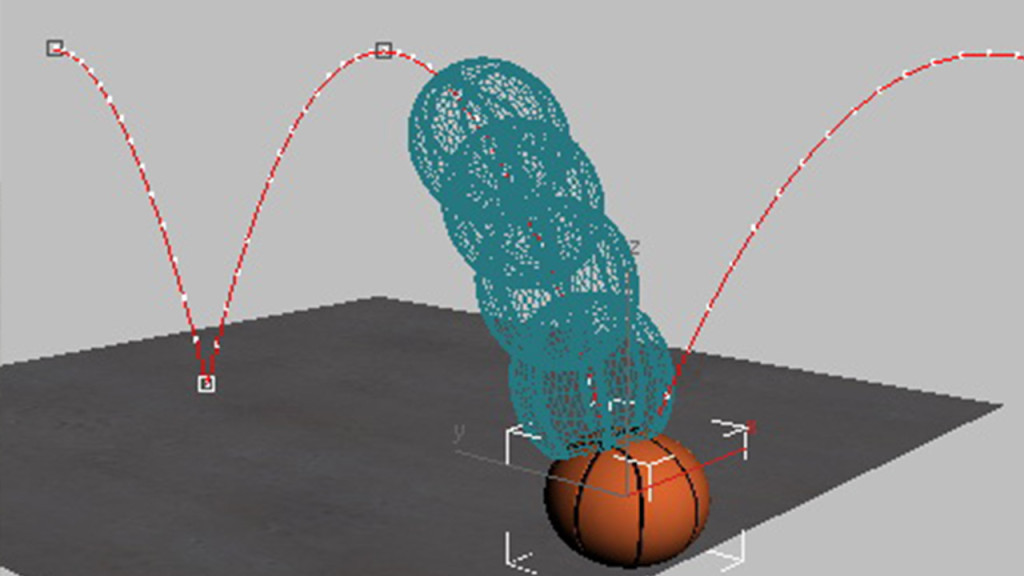
We‘ll be talking extensively, in this article, about how much air pressure your basketball should have—for it to bounce correctly. Also, we would discuss other vital factors that contribute to the air pressure and bounce rate of a basketball.
Quick Navigation
What Happens When a Basketball Isn’t Bouncing Properly?
The obvious answer, right? If your basketball isn’t bouncing correctly, the first issue it creates is to hinder your game performance. But, beyond that, we need to go deep into the foundation of this problem and find out why your basketball isn’t bouncing correctly.
If you’re like us that recently found out that the amount of air pressure in a basketball determines its bounce level, then, we’re on the same page. But, if you haven’t, it is not too late to join the bandwagon.
Dealing with Air Pressure
The force that pushes air against every solid surface it comes in contact with is the air pressure. In simpler terms, the more air in an enclosed area, the higher the air pressure. If this theory is correct, that means you need an optimum amount of air in your basketball to get the best bouncing result on the court.
If this theory is correct, that means you need an optimum amount of air in your basketball to get the best bouncing result on the court.
Before we move on:
Did you know that air is mattered? You heard, right! The air we breathe? Of course! But, you’re surprised because you have always thought that matter in quote had to be solid. At least, that’s what your science teacher taught you in mid-school—she told you, “Matter is anything that has got mass and occupies space.”
But here’s the cracker.
Air has weight, mass, and volume (You can ask your science teacher). What that means is air takes up space. So, you can see it fits into the definition. We know, it sounds weird to think of air as matter, when you can’t touch or run into it.
Think of it this way. Your basketball, bike tire, bouncing castle or air mattress get their mass and form because of the air and air pressure in them. In this case, it’s the air pressure in your basketball that gives your ball the round shape and bouncy feel.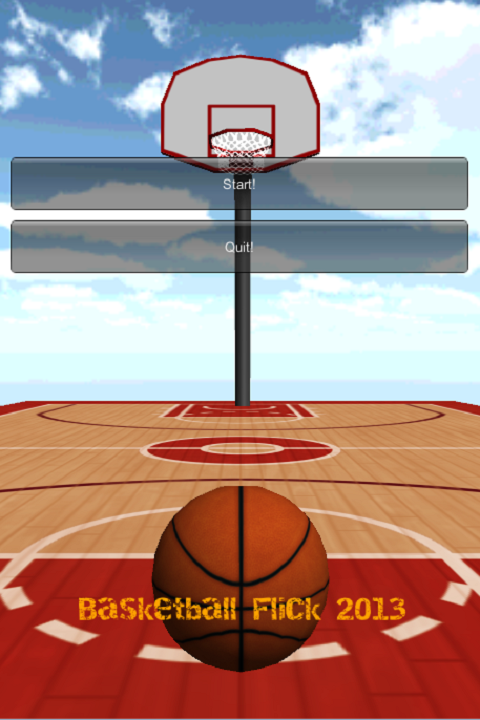
Recommended Air Pressure Required for a Basketball to Bounce Optimally
The typical basketball requires at least a reading of 8 lbs(pounds by square inch) to get appropriately inflated. If you’re lucky enough, you can buy a basketball that has the inflation instructions printed by the manufacturer to help you get the default air pressure of the ball.
If your ball is not far from you now, you can quickly go check it out and come back to the article. For instance, you may see something like “Inflate 7 to 9 psi.” You saw that, right? Don’t bother if you didn’t see it on your ball—not every manufacturer prints it on their basketballs.
NBA recommends that the air pressure in a basketball must be between 7.5 and 8.5psi. You can use this standard measurement as a guide to get the required air pressure for your basketball.
A quick way to check if your ball has the proper air pressure is by taking this simple test. Drop your basketball from the height of your shoulder and leave it to bounce.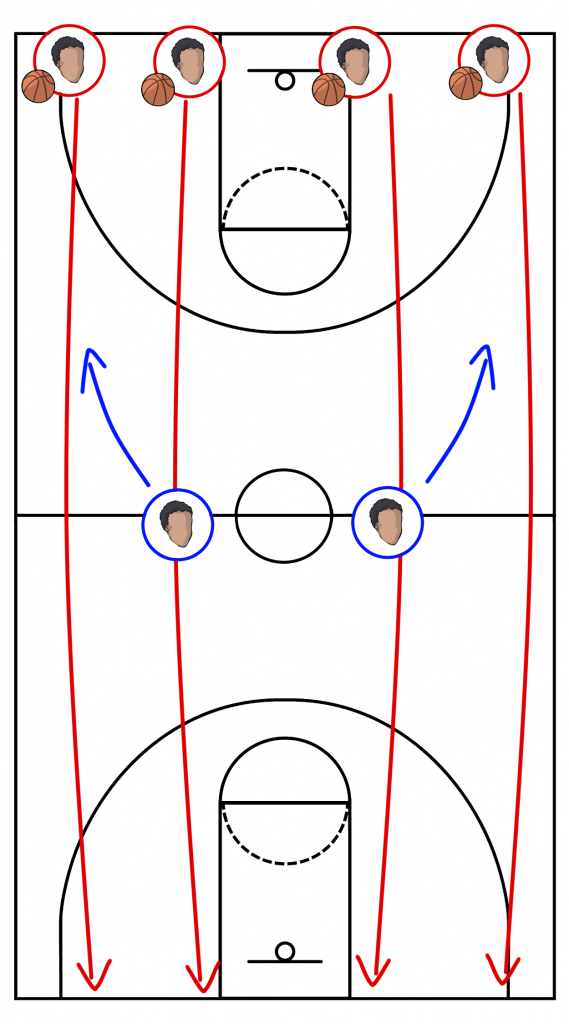 If it bounces up back to the height of your hips, then your ball probably has the appropriate air pressure required to deliver on the court.
If it bounces up back to the height of your hips, then your ball probably has the appropriate air pressure required to deliver on the court.
Three Factors That Can Affect the Internal Air Pressure of a Basketball
Here are three primary factors that affect the bounce level of your ball.
1. Ball Pressure
When you properly inflate your basketball, you enhance its elastic bladder—making it capable of rebounding when it hits a hard surface like the rim. In essence, the higher the air pressure in your basketball, the higher its bounce and otherwise. But, you have to be wary not to over-inflate your basketball to avoid the bladder breaking, which will negatively impact the consistency of the ball’s bounce or even cause leakage.
2. Environmental Pressure
Most times, the surrounding air pressure around a basketball is equally constant, but you should always consider environmental air pressure as it always comes in play—affecting the bounce level of the basketball.
The air is usually less dense or thinner at higher altitudes. And when the air is less dense, objects aren’t still affected as much by the air resistance going against them—whether they fly or bounce through the air.
What this means is that air pressure from the surroundings will hardly affect your basketball enough to mar your game outdoors. However, it contributes significantly to the height of your ball’s bounce. That takes us to the next factor.
3. Temperature
A decrease in temperature will result in a decline in air pressure inside your basketball. Plus, the bounce level of a basketball primarily depends on the air pressure inside a basketball—as we discussed earlier.
Thus, when a basketball hits and bounces on the floor of a gym with average room temperature, the force of the bounce impact pushes the bottom surface of the ball while compressing the gas inside it.
But here’s a kicker.
According to Boyle’s law, the pressure of the gas inside the basketball increases, when a ball bounces on a hard surface, especially when you’re playing at the park during summer.
But, it’s a different ball game in winter. The internal air pressure of a basketball decreases when it bounces on a hard surface.
Since the internal air pressure of the basketball decreases at a lower temperature, the impact of the ball with the ground will also have less effect when it hits the ground. By that, the basketball does not bounce high enough as it does at a higher temperature.
In Closing
It’s wise to use a small pump and pressure gauge when inflating your basketball. A report showed that you need about 12 strokes to get something close to the perfect air pressure, which is around 7.5 – 8.5psi.
Thus, you should avoid using high-pressure pumps designed for cars and bike tires. They can easily over-inflate and destroy your basketball.
Of the three factors mentioned earlier in this article, which one struck you as the most important? Has that factor affected your game before? Have you damaged your ball previously because of over-inflation? Tell us your story; we’re eager to see your comments, suggestions, and feedback.
Influence of air pressure on ball bounce height
- Authors
- Executives
- Job files
- Award documents
Chernyshev G.S. 1
1GBOU School 2120
Vagidova Z.R. 1
1GBOU School 2120
The author of the work was awarded a diploma of the winner of the III degree
Diploma of a student Certificate of the head
The text of the work is placed without images and formulas.
The full version of the work is available in the "Files of the work" tab in PDF format
Introduction
The ball is one of the most favorite toys for boys of all ages. There are many ball games such as football, volleyball, basketball, golf. Each game has its own ball. We know that there is air inside any ball. Therefore, the question arises: why don't all balls bounce?
Relevance: the ball is one of the most important attributes of games.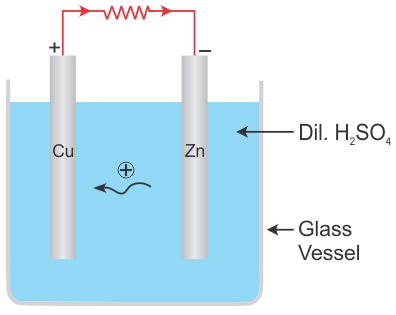 Knowing the properties and types of balls helps in choosing them. Each person should have an idea about the physical phenomena and laws that he directly encounters in everyday life from childhood.
Knowing the properties and types of balls helps in choosing them. Each person should have an idea about the physical phenomena and laws that he directly encounters in everyday life from childhood.
The purpose of is to study the effect of ball pressure on the height of the jump on the height of the first bounce.
Item is a basketball.
Item - air pressure in the ball.
To achieve this goal, it was necessary to solve a number of tasks:
1. Collect literature on the topic;
2. select research methods;
3. study the history of the origin of the ball, its varieties;
4. find out what sports games are played with the ball;
5. conduct an experiment explaining why the ball jumps to different heights after the amount of air in it changes;
6. draw conclusions.
draw conclusions.
Thanks to the following methods , a study was performed:
- work with Internet sources;
- work with literature;
- analysis;
- comparison.
Starting the study, we put forward the following assumption : if you release air from the ball, it will bounce lower.
Problem question of our study is: How does the amount of air in a basketball affect how high it bounces? How do basketball players determine how much air a basketball needs to have in order to play?
The novelty and practical significance of our study as a whole lies in the choice of the ball as the object of study.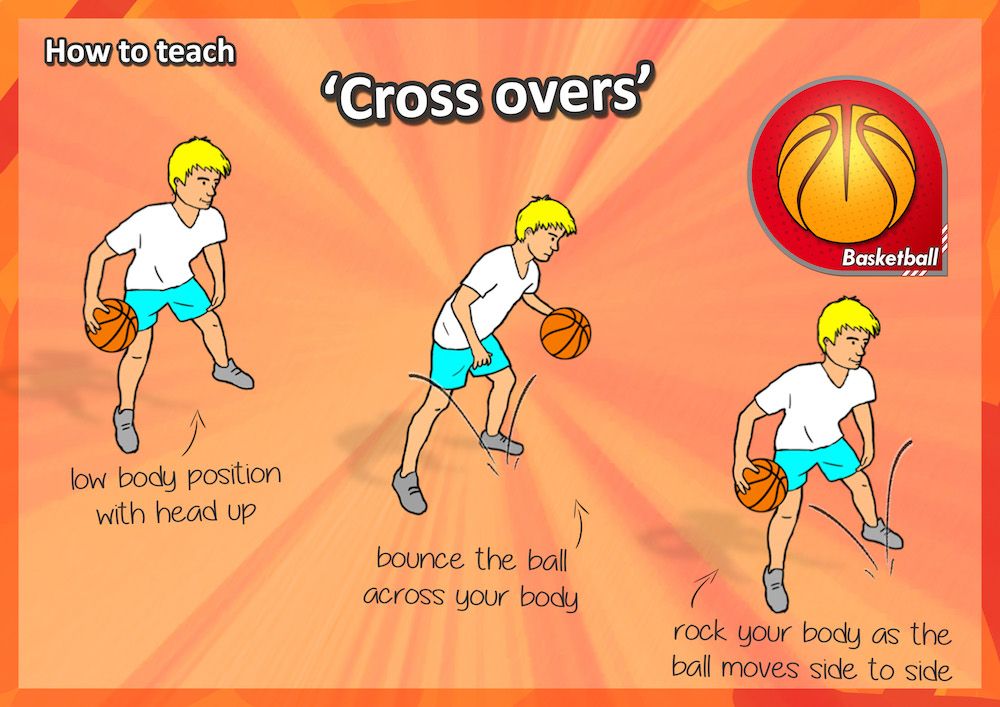
1. Theoretical part.
1.1. Communication with history and science
In the encyclopedia "I know the world" it is said that the ball is one of the most ancient and favorite toys of all countries and peoples. In ancient Greece, it was considered the most perfect object, since it had the shape of the sun, which means (as the Greeks thought) it had its magical power. They sewed balls from leather and stuffed them with some elastic material, for example, moss or bird feathers. And later they guessed to inflate the leather ball with air. Such a ball was called "follis". Small follices were used for hand games, and large balls were used for games like football. Images of balls were found on the walls of Egyptian tombs, and during excavations of the burial places of the pharaohs, balls themselves were found, sewn from strips of leather or tree bark, and sometimes made of sandstone. The team games of the Egyptians with these items were dedicated to the gods, each team represented the interests of a group of celestials, the ball was driven into the gate with curved sticks. [1
The team games of the Egyptians with these items were dedicated to the gods, each team represented the interests of a group of celestials, the ball was driven into the gate with curved sticks. [1
And in ancient China they played ball, for example, by kicking it with their foot. The game eventually became a favorite folk entertainment, and in the 2nd century BC. included in the obligatory program of the solemn celebration of the emperor's birthdays. At the same time, instead of stuffing with bird feathers and animal hair, they learned to fill leather balls with air, developed rules and began to install gates on the playing field. The winners were honored with flowers, awarded with valuable gifts, and the losers were beaten with bamboo sticks.
In ancient Japan, too, they could not do without a ball. At the imperial court, team games were held to drive the ball into the goal for a certain time (measured by the hourglass), during the throwing it should not touch the ground.
In Russia, the balls were different. In excavations near Novgorod, balls of various sizes were found, sewn from leather. They were played by children in the 13th century. Peasant children played with light balls made of birch bark or heavy balls tightly rolled from rags. Even information about one of the games has been preserved: they put chicken eggs in a row and knocked them out with a ball. In the Khotkovsky nunnery near Moscow, balls were sewn from soft pillows, and pebbles wrapped in birch bark were put inside - it turned out to be a ball and a rattle at the same time. By the way, the origin of the word "ball" is associated with the words "soft, pulp, crumb." That is, the ball is a soft ball.
In excavations near Novgorod, balls of various sizes were found, sewn from leather. They were played by children in the 13th century. Peasant children played with light balls made of birch bark or heavy balls tightly rolled from rags. Even information about one of the games has been preserved: they put chicken eggs in a row and knocked them out with a ball. In the Khotkovsky nunnery near Moscow, balls were sewn from soft pillows, and pebbles wrapped in birch bark were put inside - it turned out to be a ball and a rattle at the same time. By the way, the origin of the word "ball" is associated with the words "soft, pulp, crumb." That is, the ball is a soft ball.
Modern balls vary in size and purpose. Different balls are used for playing volleyball, basketball, football, tennis, water polo, rugby and other games.
Each of them has its own story. The name of the game of basketball came from the English words "basket" - "basket" and "ball" - "ball". This game was invented by D. Naismith, a sports instructor from one of the American universities, in 1891. At his direction, a large fruit basket was nailed under the ceiling of the sports hall and a ball was thrown into it. When the players got tired of climbing for the ball every time, it occurred to someone to just knock the bottom of the basket out. At first, basketball players used leather balls, and then switched to rubber ones.
This game was invented by D. Naismith, a sports instructor from one of the American universities, in 1891. At his direction, a large fruit basket was nailed under the ceiling of the sports hall and a ball was thrown into it. When the players got tired of climbing for the ball every time, it occurred to someone to just knock the bottom of the basket out. At first, basketball players used leather balls, and then switched to rubber ones.
The basketball must be spherical and must be the specified shade of orange with the traditional pattern of eight inlays and black stitching. The mass of the ball (officially accepted size 7) is 567-650 g, the circumference is 750-780 mm. Smaller balls are also used: in men's team games, "size 7" balls are used, in women's team games - "size 6", in mini-basketball matches - "size 5".
1.2. Definition of concepts
Working with the dictionary of S. I. Ozhegov, we learned that a ball is an object for playing a solid or full ball made of an elastic material inside, which bounces off a hard surface upon impact. [2]
I. Ozhegov, we learned that a ball is an object for playing a solid or full ball made of an elastic material inside, which bounces off a hard surface upon impact. [2]
Pressure is a physical quantity equal to the ratio of the force acting perpendicular to the surface to the area of this surface.
Unit of pressure - Pascal (Pa). Using also other pressure units: hectopascal (hPa) and kilopascal (kPa) 1 kPa = 1000 Pa 1 Pa = 0.001 kPa 1 hPa = Pa 1 Pa = 0.01 hPa
The force arising in the body as a result of its compression and stretching (deformation) tending to return the body to its original position is called the elastic force.
According to the free encyclopedia "Wikipedia" elasticity is the property of solid materials to return to their original shape during elastic deformation. Solid objects will deform after a force is applied to them. [3]
Solid objects will deform after a force is applied to them. [3]
Basketball size
First of all, when choosing a ball, you should pay attention to the size of the basketball. Size 7 means you are holding a ball that is suitable for men. Its weight can range from 567 to 650 grams. Size 6 is primarily used in the games of teenagers under 16 and adult women's teams. In addition to the circumference, its weight has also been reduced - from 510 to 567 grams. Size 5 is officially suitable for training and games of junior teams, with a weight of 470-500 grams. Of course, in your training you can use the size of the ball that you have at hand. By learning to handle a size 7, you are more likely to master a size 6 with ease. Unfortunately, the inverse doesn't always work.
2. Practical
In the practical part, we had to solve the following tasks:
- determine how the height to which the basketball bounces changes when the air pressure changes in it;
- build a graph based on the received data;
- draw conclusions based on the data obtained.
Different manufacturers measure pressure in different units, psi (pounds per square inch), bar (pressure unit approximately equal to one atmosphere), kgf/cm² (one kilogram of force per square centimeter), kPa (kilopascal). In the United States of America, the pressure inside the ball is usually measured in pounds per square inch (lb/dm 2 ).
We experimented with the amount of air in a basketball, but for measurement, we used units that are accepted in our country, namely kilopascals (kPa).
We measured the amount of air in a basketball and then used a distance sensor to measure how high the ball bounced.
Materials and equipment:
- Computer with the Logger Lite program installed on it;
-Go!Link adapter;
- Gas pressure sensor;
- distance sensor;
- Basketball;
- Stopper with needle, stem and tube;
-Measuring ruler.
Our experiment was carried out according to the following algorithm:
To configure the sensors for data collection, you need:
Check distance sensor connection to computer.
Set the distance sensor switch to position Normal .
Make sure the pressure sensor is connected to the adapter and the adapter is connected to the computer.
Start the Logger Lite program.
Open file for this experiment Air Ball (Air ball) .
Then did the following:
They took a basketball.
Reset the pressure sensor by pressing the Reset button on the toolbar.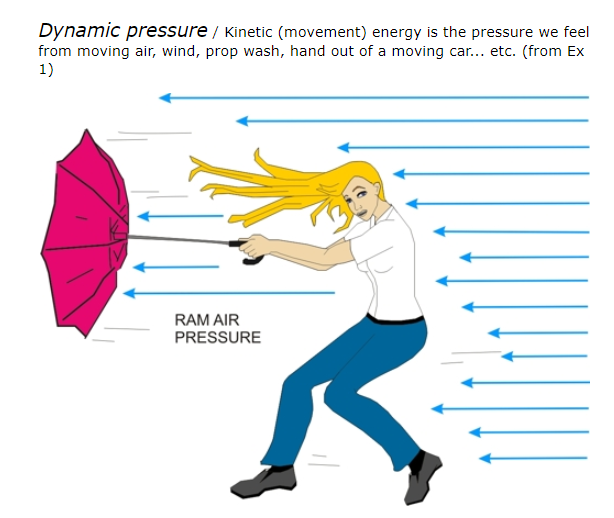 Next, the sensor measured the pressure in the same way as the measuring device on a bicycle pump.
Next, the sensor measured the pressure in the same way as the measuring device on a bicycle pump.
Moistened the needle attached to the pressure transducer and inserted it into the ball.
Recorded data in the first line of the column "Actual pressure" of the data table.
Attached the distance sensor at a height of 2.3 m.
To collect data, did the following:
Hold the ball directly under the sensor so that the space between the ball and the sensor is about 15 cm.
Button pressed Data acquisition . Hearing the click of the sensor, they released the ball from their hands so that it hit the floor and bounced. No need to throw the ball with force!
Next, press the button View, to determine the position of the floor relative to the sensor and the distance to the ball at the top of the rebound ball #1.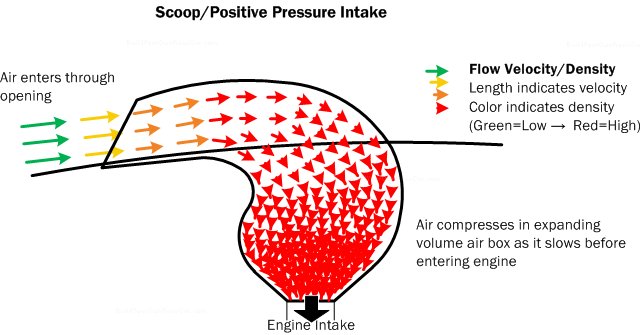 We recorded the obtained data in a table.
We recorded the obtained data in a table.
Next, we gradually reduced the pressure in the ball:
Moistened the needle attached to the pressure transducer and inserted it into the ball.
Watched the pressure reading on the screen.
Released some air.
Watch the pressure reading on the screen until it drops by 20 kPa (for the first time, the pressure will drop from 124.88 kPa to 105.79 kPa).
When the pressure dropped by 20 kPa, twist the connection tip so that no more air escapes.
Recorded the value in the second line of the "Actual pressure" column of the data table.
Repeat steps 3-7 for 80 kPa, 60 kPa, etc. until you reach a test where the pressure was 5 kPa.
Data table (graphs are in the appendix):
Drop height 2.321 - ball distance 0.214 m = 2.107
| No. experiment | Low point | Rebound top No. 1 | Rebound Height #1 = Distance to Floor - Rebound Top #1 | Pressure |
| 1 | 2. 073 073 | 0.714 | 1.359 | 124.88 |
| 2 | 2.038 | 0.834 | 1.204 | 105.79 |
| 3 | 2.075 | 0.914 | 1.161 | 80.1 |
| 4 | 2.074 | 1. 003 003 | 1.071 | 60.1 |
| 5 | 2.044 | 1.154 | 0.890 | 40.1 |
| 6 | 2.075 | 1.344 | 0.731 | 20.1 |
| 7 | 2.080 | 1.5 | 0.580 | 10 |
| 8 | 2. 074 074 | 1.584 | 0.490 | 5 |
Pins:
There is a pattern of change in the height of the rebounds with a decrease in pressure in the ball - the height of the rebounds decreases. The lowest air pressure in the ball allowed for playing basketball: 80 kPa.
Conclusion
What is basketball training without the main attribute of the game - a basketball? It is the basketball that gives us the opportunity to enjoy the gameplay in all its diversity.
Often when inflating a basketball, the question arises whether to inflate it more or less. We have to resort to the help of the Internet in search of information regarding this issue.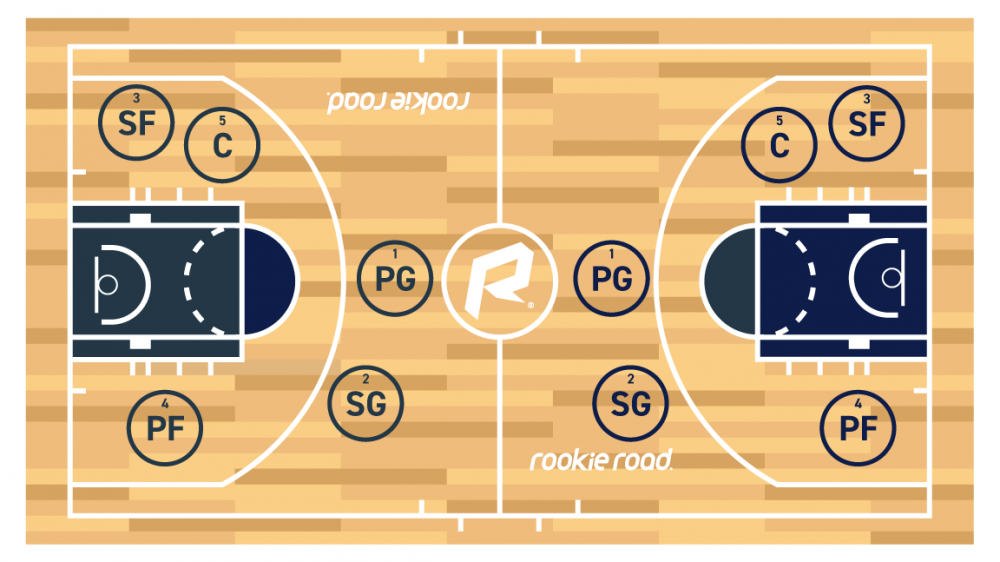 We decided to answer the question, what is the optimal pressure should be in a basketball, since with the wrong level of pressure, the wear resistance of the chamber increases, which may simply not withstand and burst; there is a risk of injury; unpredictable flight path. The lowest air pressure in the ball allowed for playing basketball: 80 kPa.
We decided to answer the question, what is the optimal pressure should be in a basketball, since with the wrong level of pressure, the wear resistance of the chamber increases, which may simply not withstand and burst; there is a risk of injury; unpredictable flight path. The lowest air pressure in the ball allowed for playing basketball: 80 kPa.
Our study was carried out using Logger Lite software, Go!Link adapter, gas pressure sensor, distance sensor.
To achieve the goal, tasks were set that were successfully solved. To begin with, the literature on this topic was collected. Its analysis is presented in the theoretical part.
Getting to the practical part, we have identified research methods. Thanks to them, our study "The effect of air pressure on the height of the ball bounce" was carried out.
The hypothesis that we put forward at the beginning of the work was confirmed.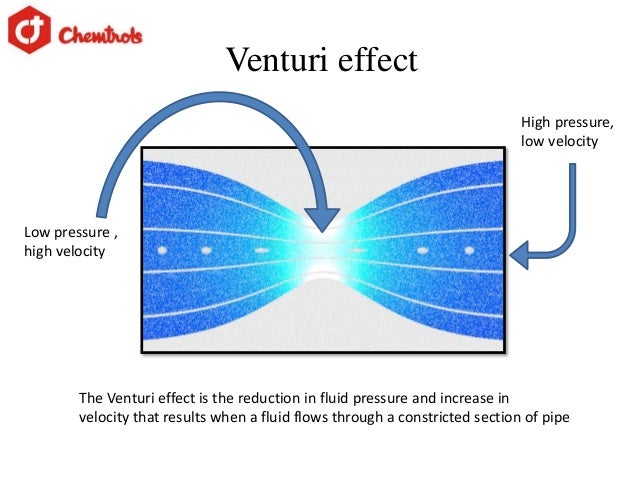
Having completed this study, we have developed a memo for fans of the game of basketball ( Appendix 2 ).
References:
I know the world. Sports: children. encyclopedia. - M.: AST: Astrel: Transitbook, 2006 - 382.
Ozhegov S.I. Explanatory Dictionary of the Russian Language, M .: LLC "A TEMP", 2008. p. 810
[Electronic resource] Access mode: Wikipedia - Head. from screen
[Electronic resource] Access mode: https://sportyfi.ru/basketbol/myach/kak-nakachat/ Head. from screen
Appendix 1
Experiment 1
Height
Pressure
Experiment 2
Height
Pressure
Experiment 3
Height
Pressure
Experiment 4
Height
Pressure
Experiment 5
Height
Pressure
Experiment 6
Height
Pressure
Experiment 7
Height
Pressure
Experiment 8
Height
Pressure
Annex 2
Instruction for inflating a basketball
Note:
The pressure in the ball is quite strongly influenced by the ambient temperature and atmospheric pressure.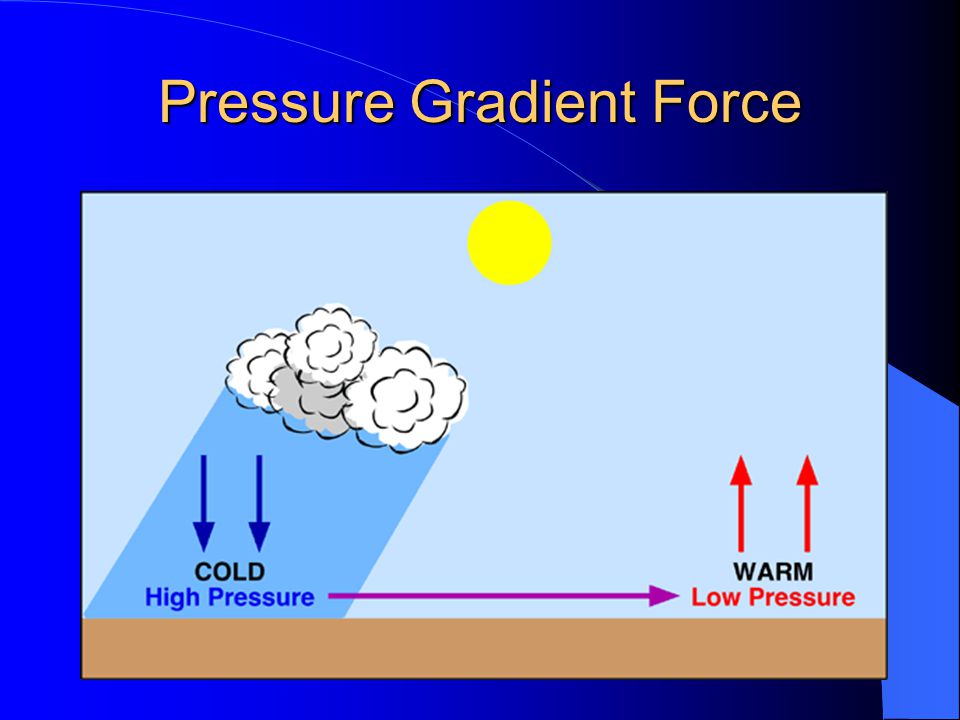
It is better to inflate the ball directly where games or training are planned.
The ball must be inflated correctly! Before pumping, you need to shake the ball so that the chamber is in a vertical position, below the valve opening. Then pump it up.
Job views: 546
Ball inflation pressure
Ball inflation pressure
A properly inflated ball is the key to a good game and durability. If the ball is not sufficiently inflated, then this will entail a low rebound, poor handling, and an incorrect flight path. If the ball is pumped over, it can burst, change shape, cause pain during the game, and even cause injury.
First of all, when buying, carefully check the ball for mechanical damage, whether the ball is new and how it is packaged. Most often, the cause of the pressure drop in the ball is a damaged nipple. If you purchased the ball in a deflated state, then be sure to inflate it according to the instructions, checking the pressure, and leave the ball overnight.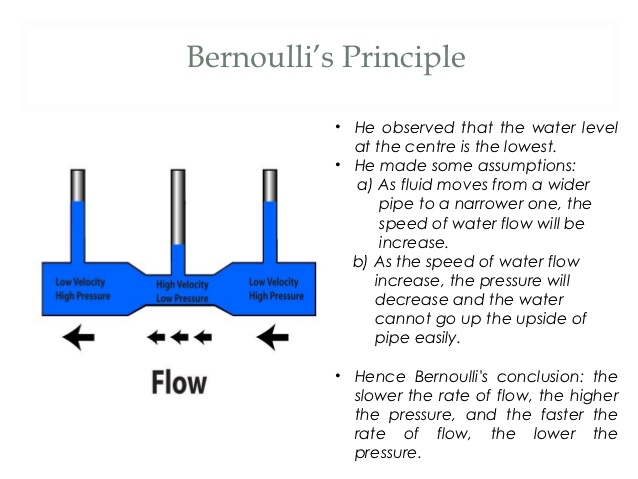 Check the pressure again the next day. If you bought the ball in an inflated state, then leave it for a day and see if it went down during this time. You can also use the "old Russian way" to determine the health of the nipple. To do this, moisten your finger and attach to the nipple. A properly functioning nipple will not form bubbles. We draw your attention to the fact that if you purchased the ball and used it, then the guarantee for such a ball remains only after the provision of an expert opinion.
Check the pressure again the next day. If you bought the ball in an inflated state, then leave it for a day and see if it went down during this time. You can also use the "old Russian way" to determine the health of the nipple. To do this, moisten your finger and attach to the nipple. A properly functioning nipple will not form bubbles. We draw your attention to the fact that if you purchased the ball and used it, then the guarantee for such a ball remains only after the provision of an expert opinion.
Back to pressure... The pressure in a ball depends on what sport the ball is for, what size it is, and what level of play it is. Different manufacturers measure pressure in different units, psi (pounds per square inch), bar (pressure unit approximately equal to one atmosphere), kgf / cm² (one kilogram of force per square centimeter), kPa (kilopascal). Pay attention to this!
The pressure in the ball is strongly influenced by the ambient temperature and atmospheric pressure.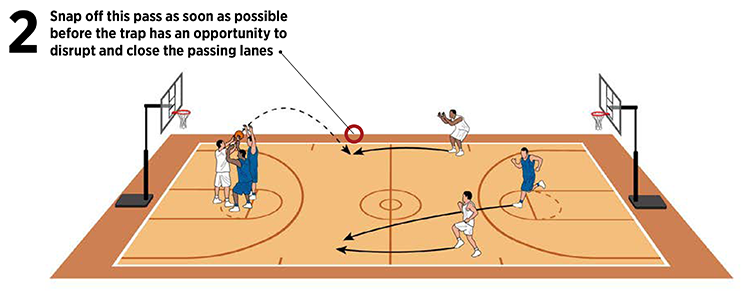 If we recall physics, then at high temperatures the substance expands, and at low temperatures, on the contrary, it decreases. So if, in winter, we pump up the ball on the street at -10 to the desired pressure, then after we bring the ball into a warm room, the pressure in it will increase slightly. This is true, for example, for soccer balls for games in winter. Therefore, it is better to inflate the ball directly where games or training are planned. If the operating pressure recommended by the manufacturer is not observed, the performance of the ball will be significantly worse and the ball will become unusable very quickly.
If we recall physics, then at high temperatures the substance expands, and at low temperatures, on the contrary, it decreases. So if, in winter, we pump up the ball on the street at -10 to the desired pressure, then after we bring the ball into a warm room, the pressure in it will increase slightly. This is true, for example, for soccer balls for games in winter. Therefore, it is better to inflate the ball directly where games or training are planned. If the operating pressure recommended by the manufacturer is not observed, the performance of the ball will be significantly worse and the ball will become unusable very quickly.
Below are tables with average operating pressures for balls of various sizes and for various sports:
Pressure balls for classic volleyball
Beach Volleyball Pressure
Futsal pressure
Football pressure
Pressure in handballs
Pressure in basketballs
IMPORTANT! These tables are for reference only and may not meet the requirements of some manufacturers.